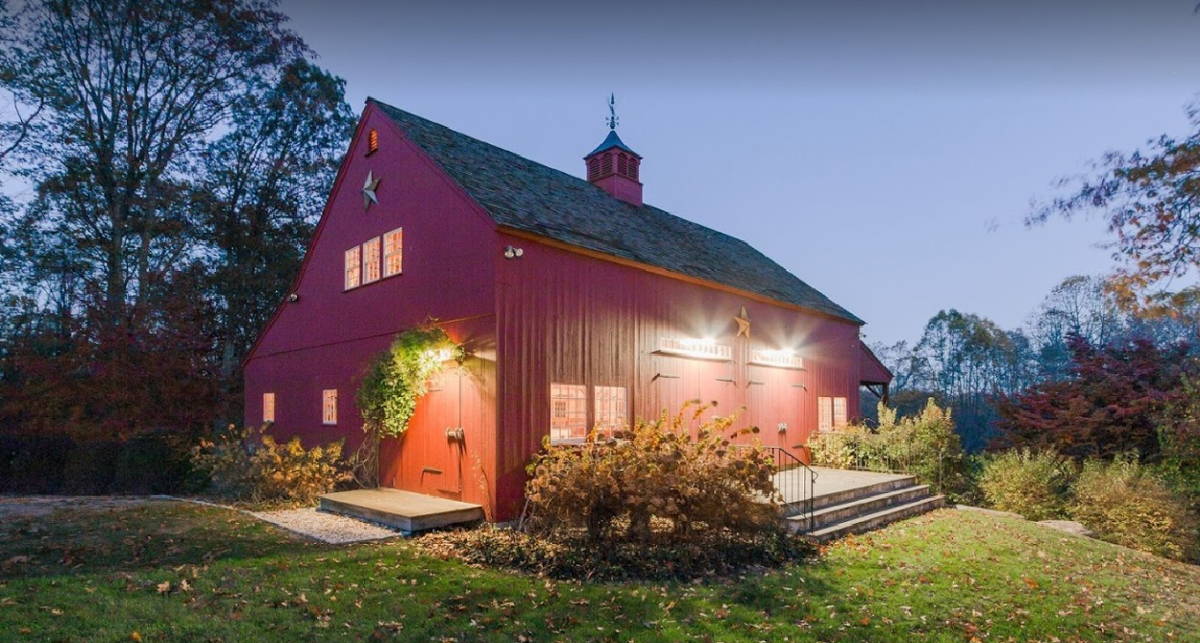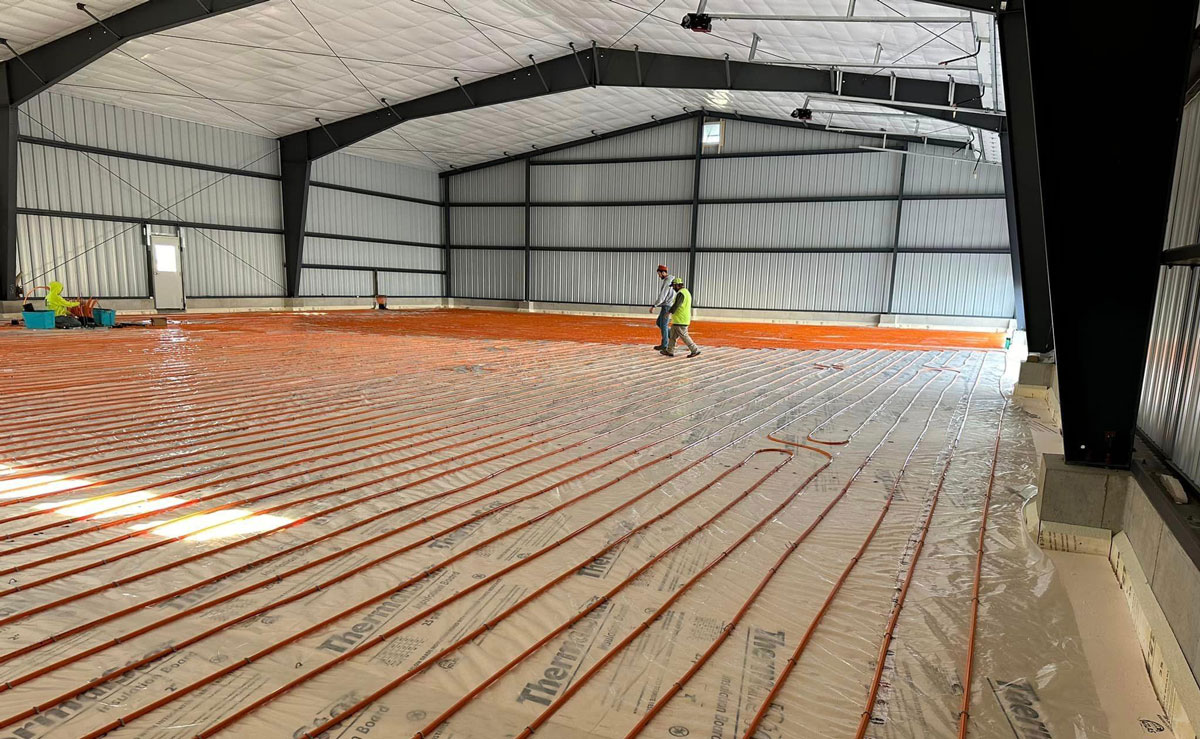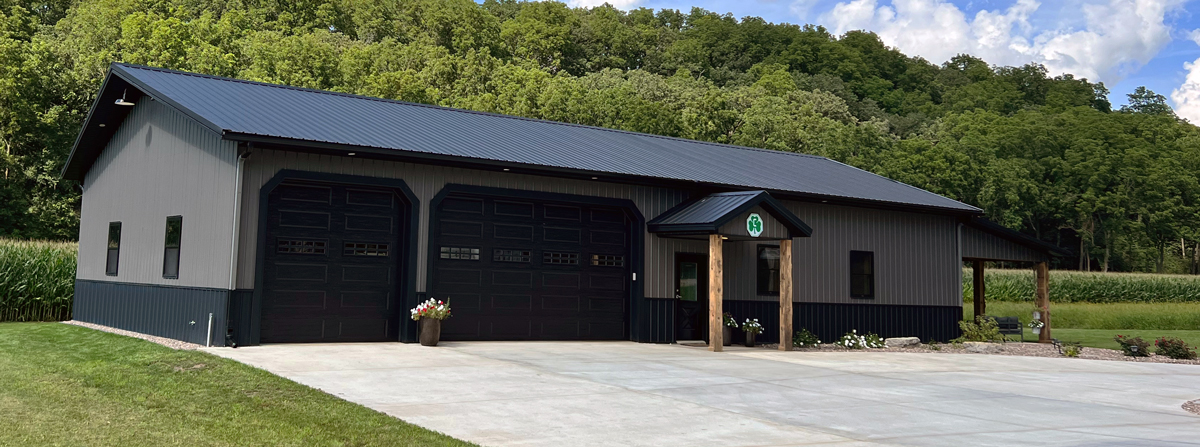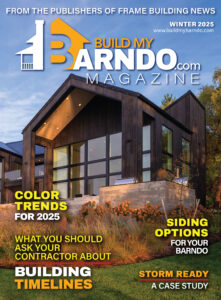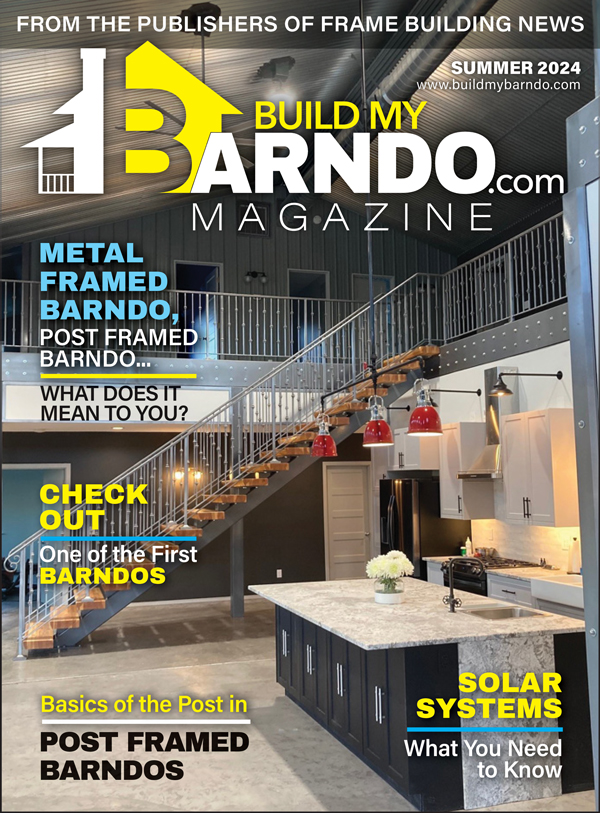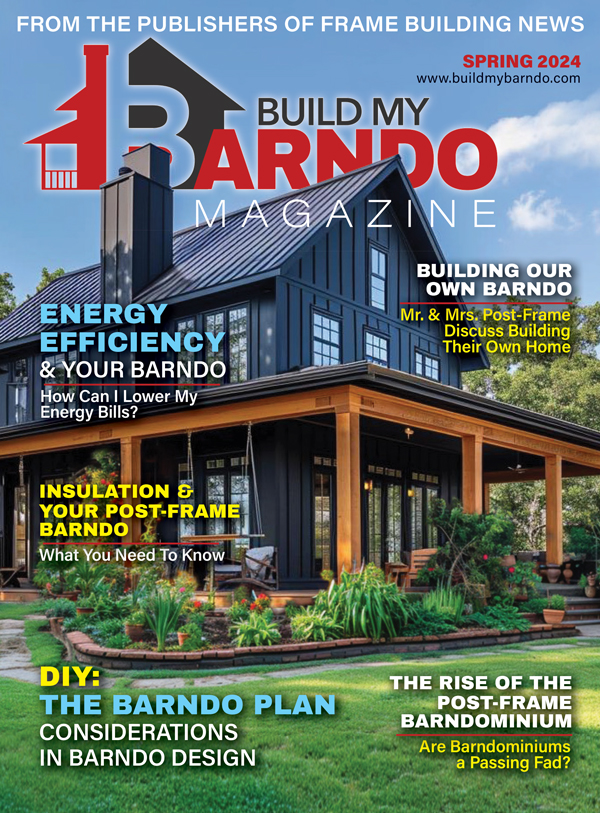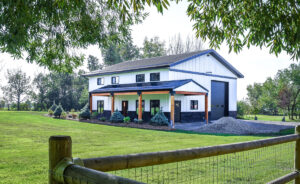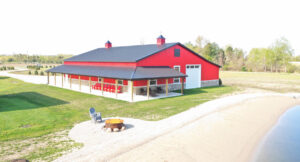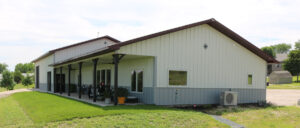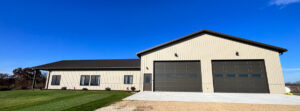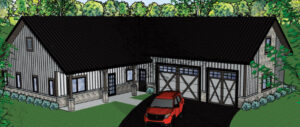If you have seen a post and beam building in recent years, your first impression was probably something like: “Wow! This is beautiful.” Your second thought if you know about barndominiums was likely: “Is this a barndominium?” There are good reasons for wondering; post and beam homes and barndos can share many features. And post and beam construction has become more popular recently due to its aesthetic quality, durability, and one could argue, also because people seem more open to alternative forms of construction in recent decades.
What is a post and beam home?
Josiah Loye of Country Carpenters, Inc. said, “Post and beam is full dimension framing construction, basically it’s a style using large timbers rather than the conventional framing used in traditionally built homes.”
Like barndominiums, less framing is needed for these buildings because the members are larger and stronger than the wood commonly used in home construction. There are no studs and trusses are often not used; rafters are used instead and often these timbers are exposed. Loye said that people tend to find the look impressive and assume that all that lovely wood must be expensive, but because less framing and less sheet rock is required, the cost can be a little more or similar to a traditional stick-built home.
Often post and beam homes feature wide open space and Cathedral ceilings can be achieved like barndominiums.
A Little History
A version of post and beam that used mortice and tenons was used to construct buildings for thousands of years in England. They connect with a chiseled-out space where the next member fits. When settlers came to America and found plentiful forests full of wood, they instituted post and beam building, which is what they used to build covered bridges and barns. Many post and beam buildings from the colonial period can still be seen in New England today.
Loye said this building style came back into popularity in the mid-1970s. Many people were building beautiful post and beam barns. In Vermont, a man named Ted Benson, the founder of Benson Wood, wrote a book about post and beam construction which helped to kickstart this reintroduction to post and beam for the masses. Around the same time, Roger Barrett Sr. founded Country Carpenters, Inc. and started taking down old tobacco barns and using the wood to make custom homes. Since then, more and more people have fallen in love with the aesthetic and historical aspect of this construction style.
There is a feeling that many homes today are built with 2 x 4s slapped together, Loye observed, and when people realize that some homes, barns and sheds built with post and beam are still standing after 350 years, they are impressed.
All Photos Courtesy of Country Carpenters, Inc.
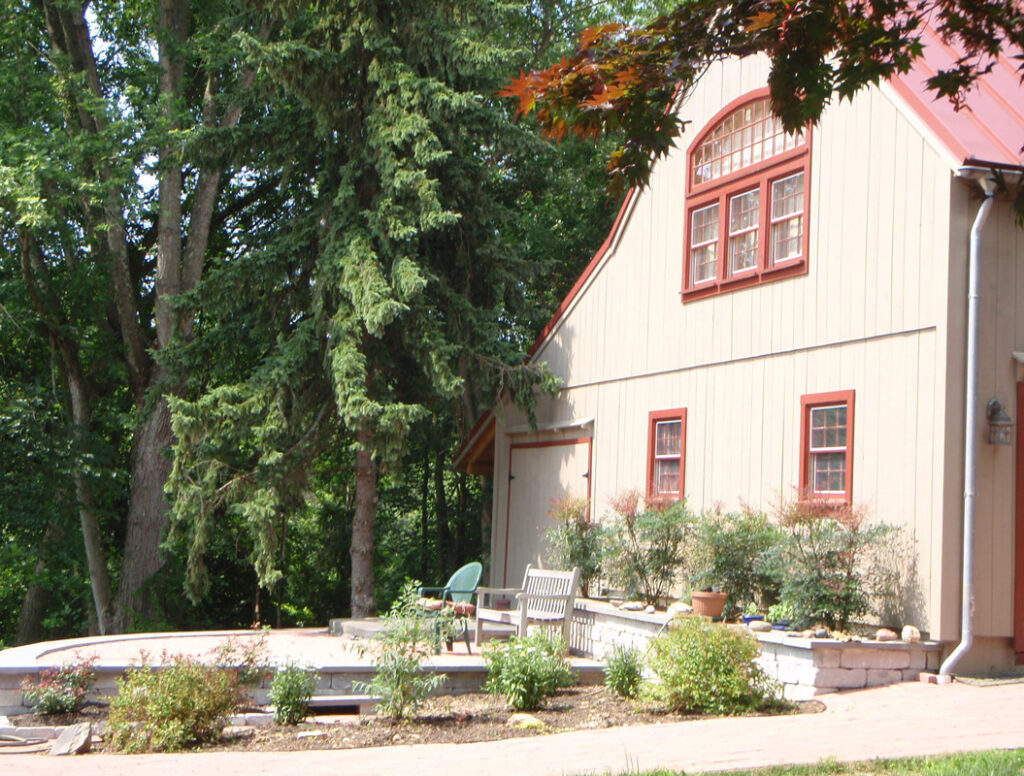
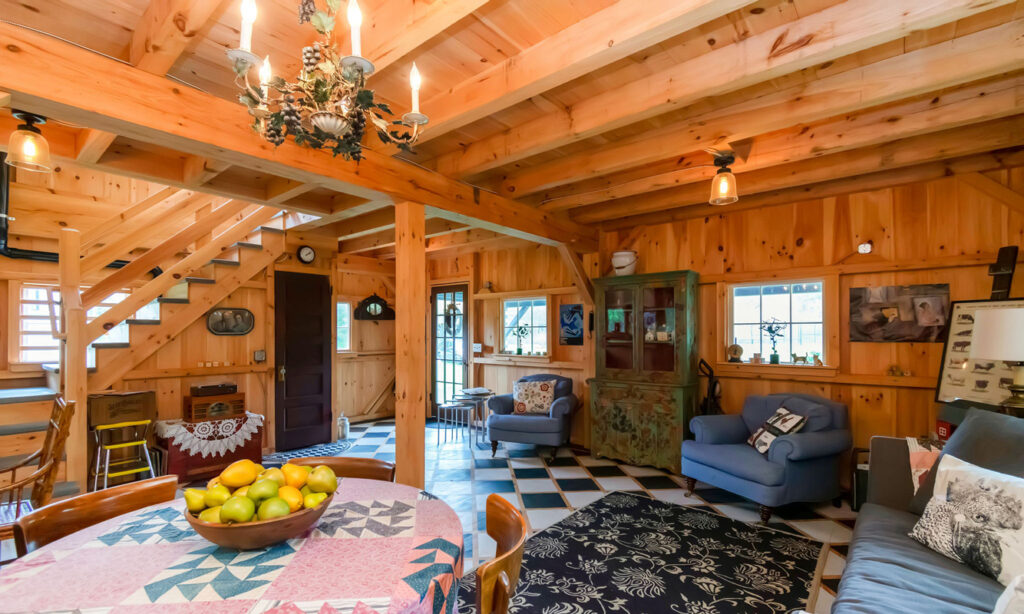
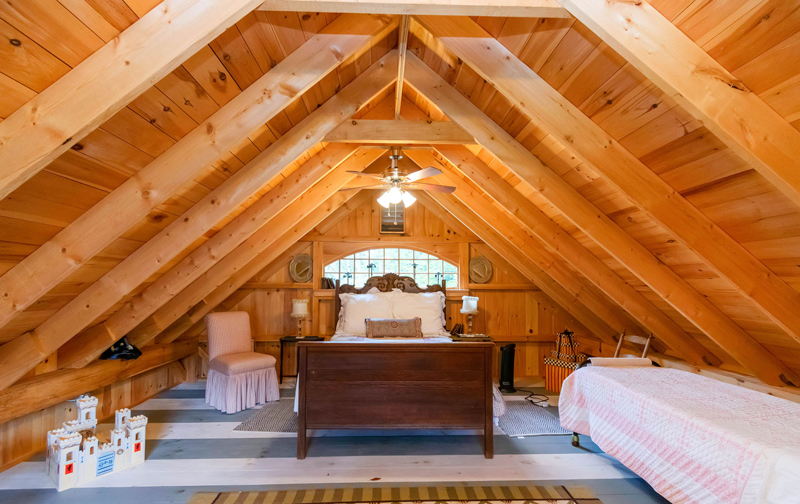
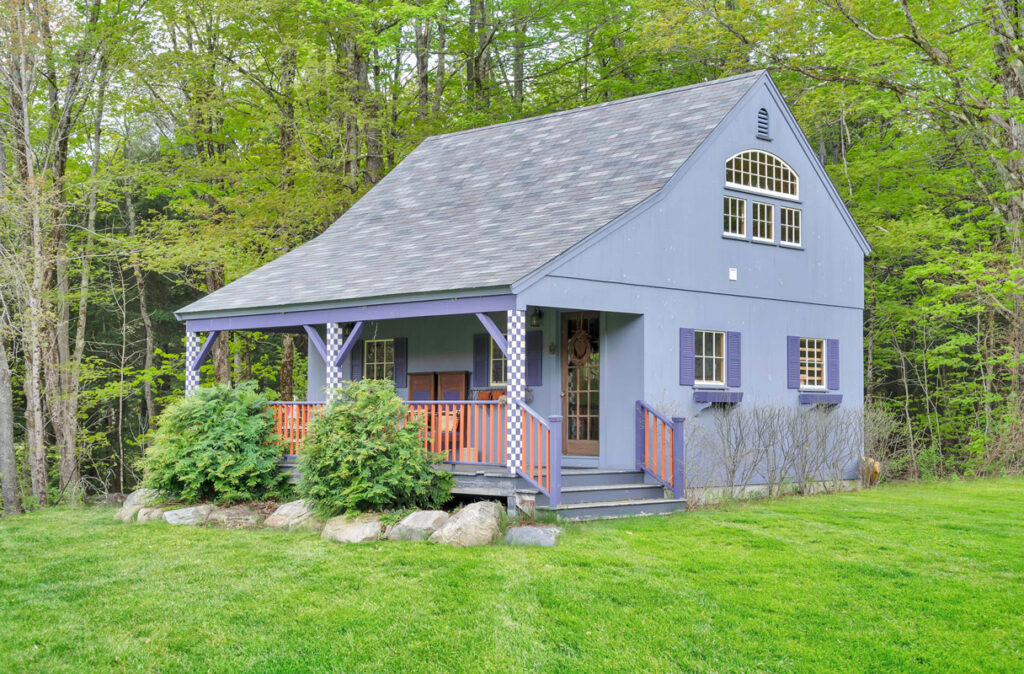
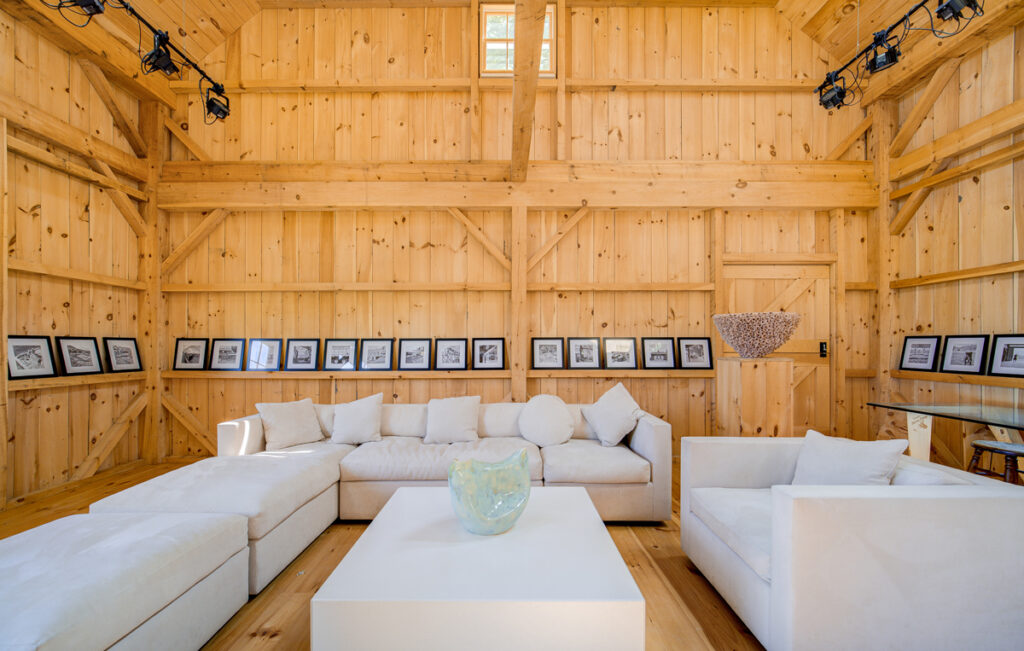

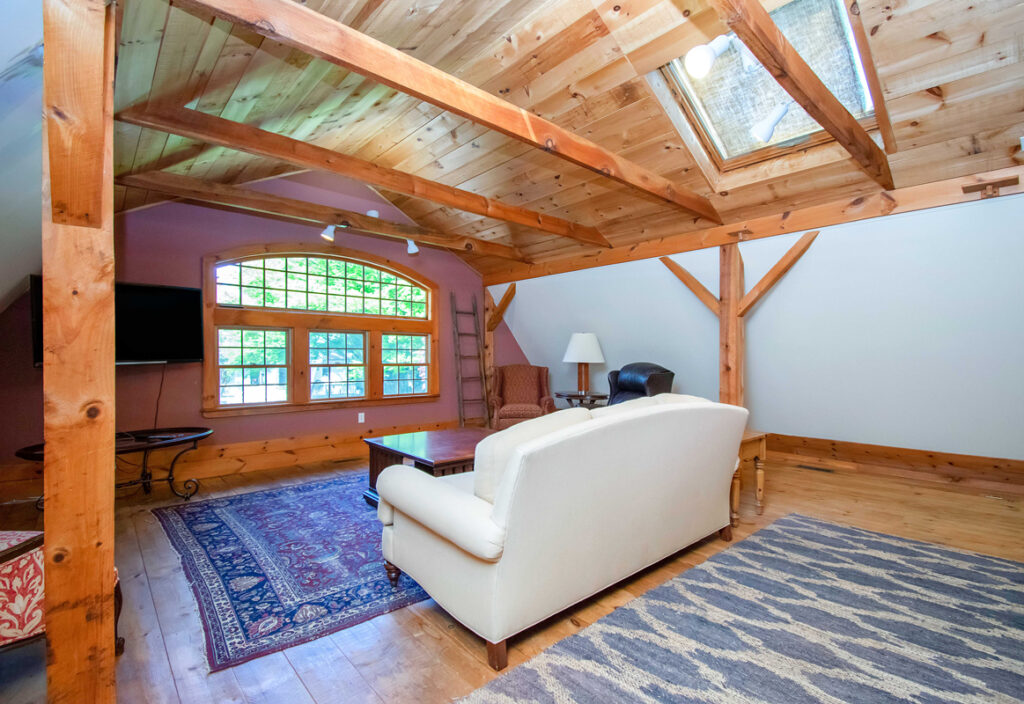
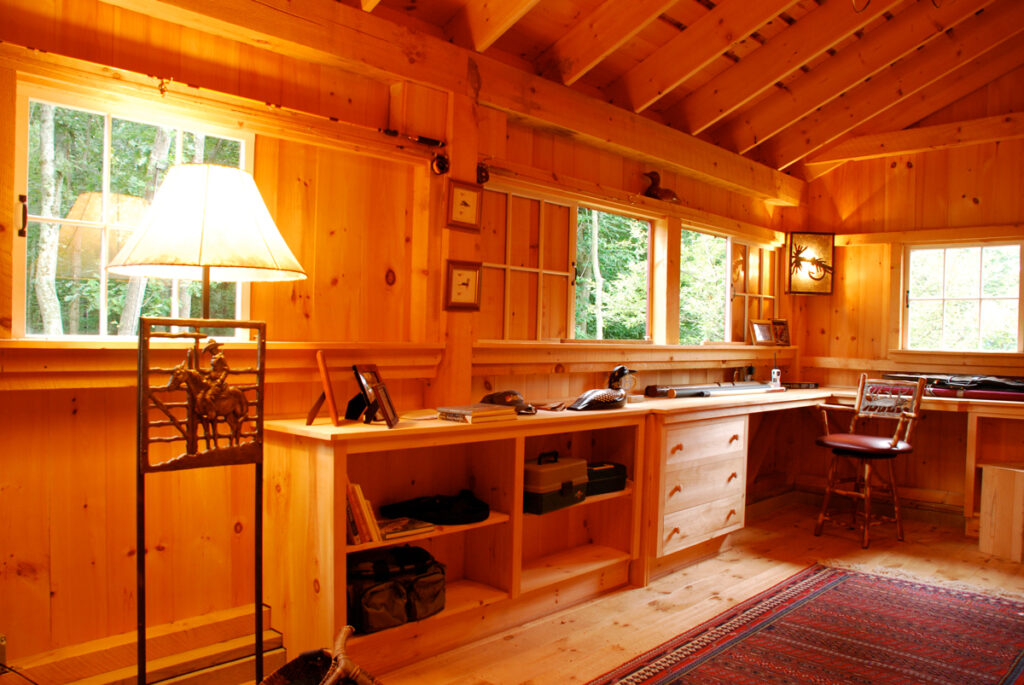
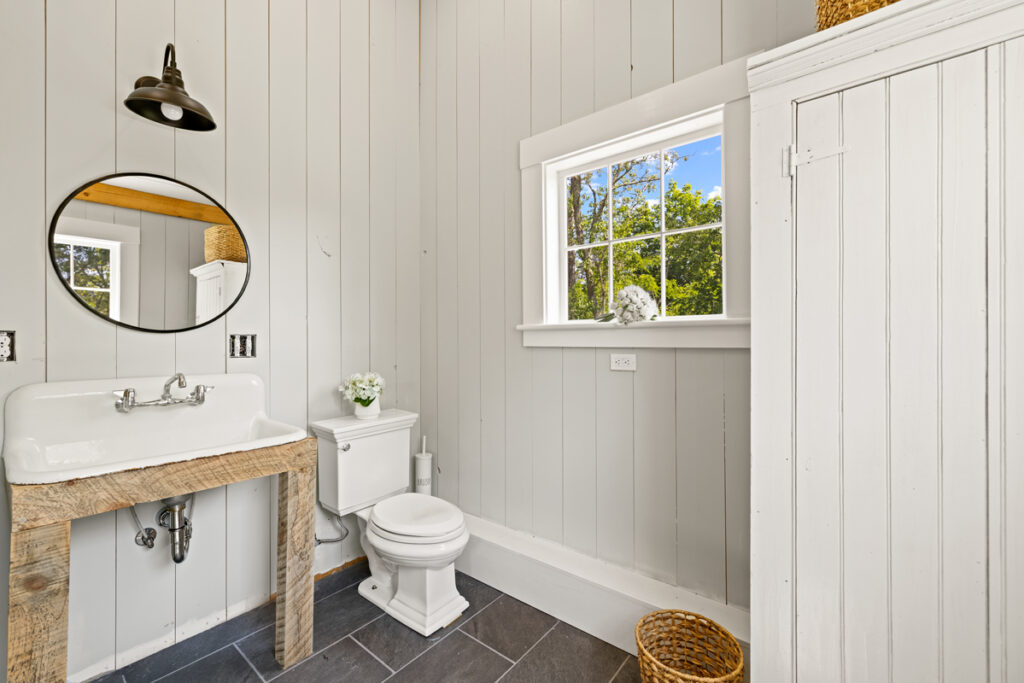
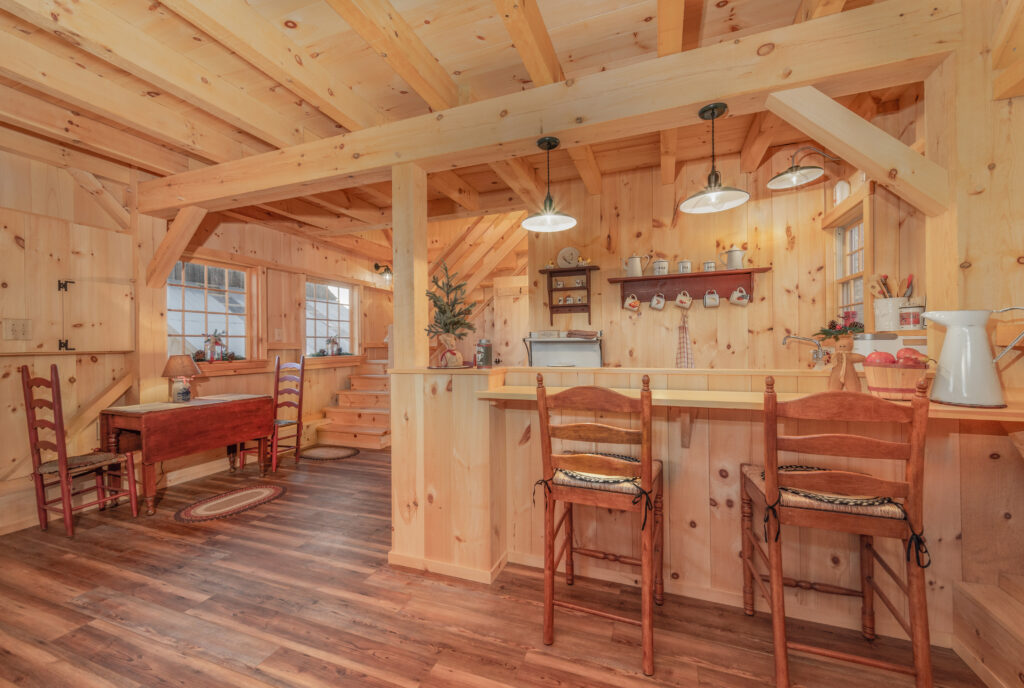
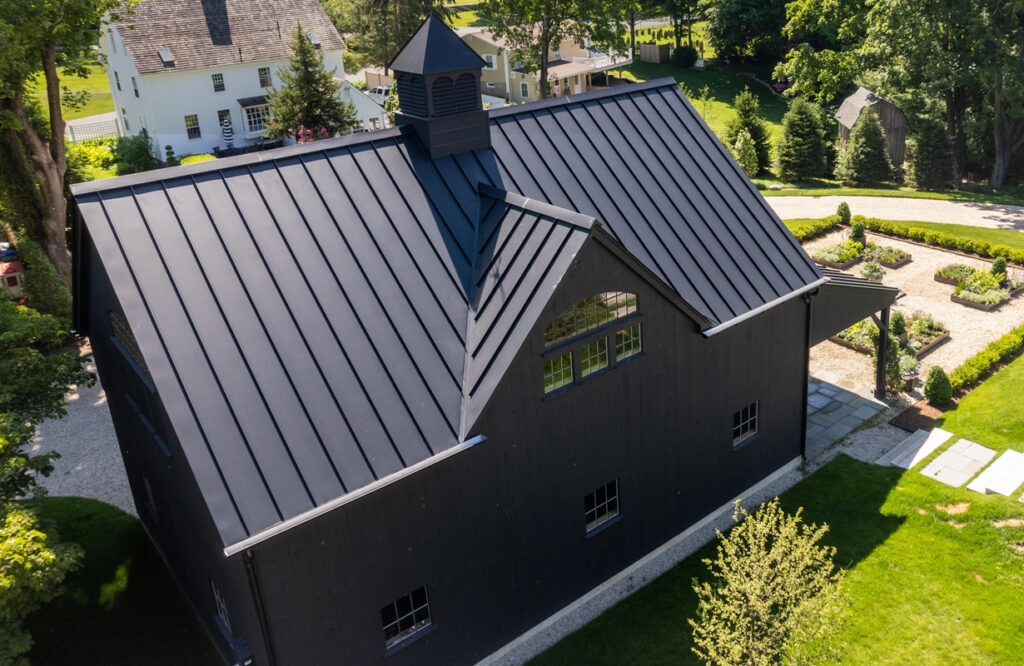
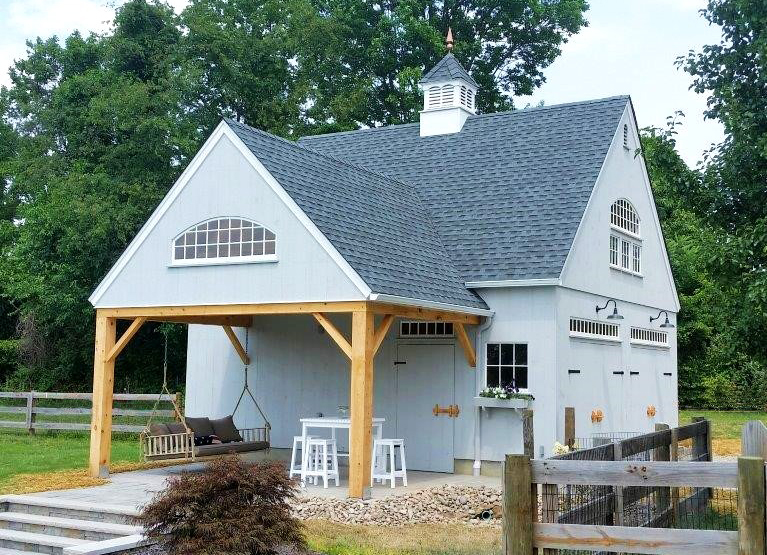
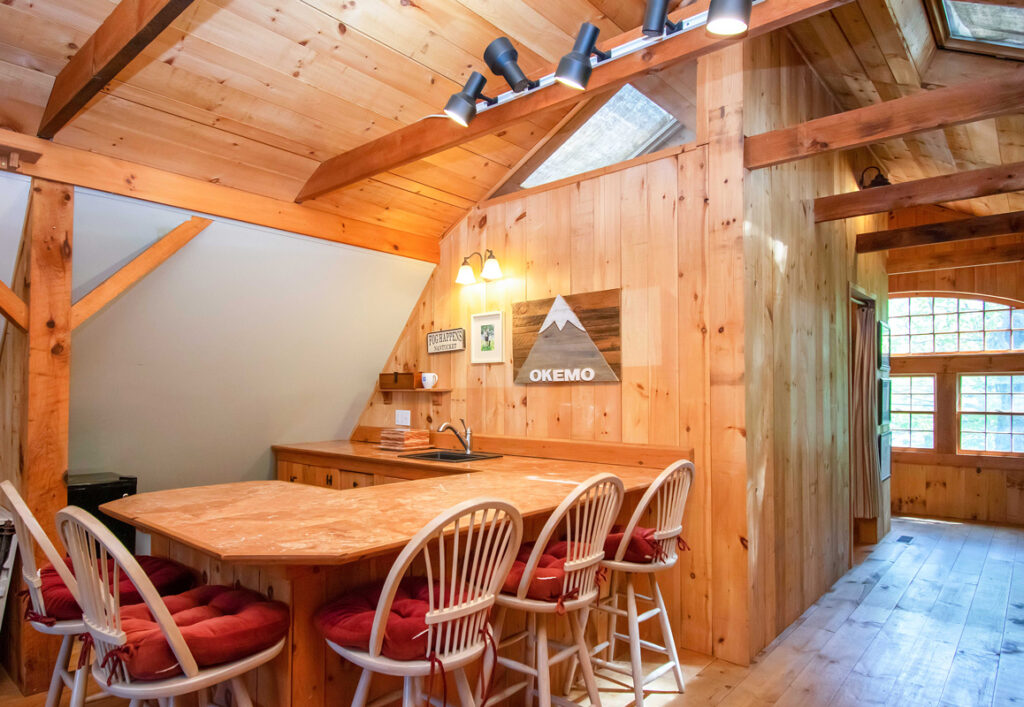
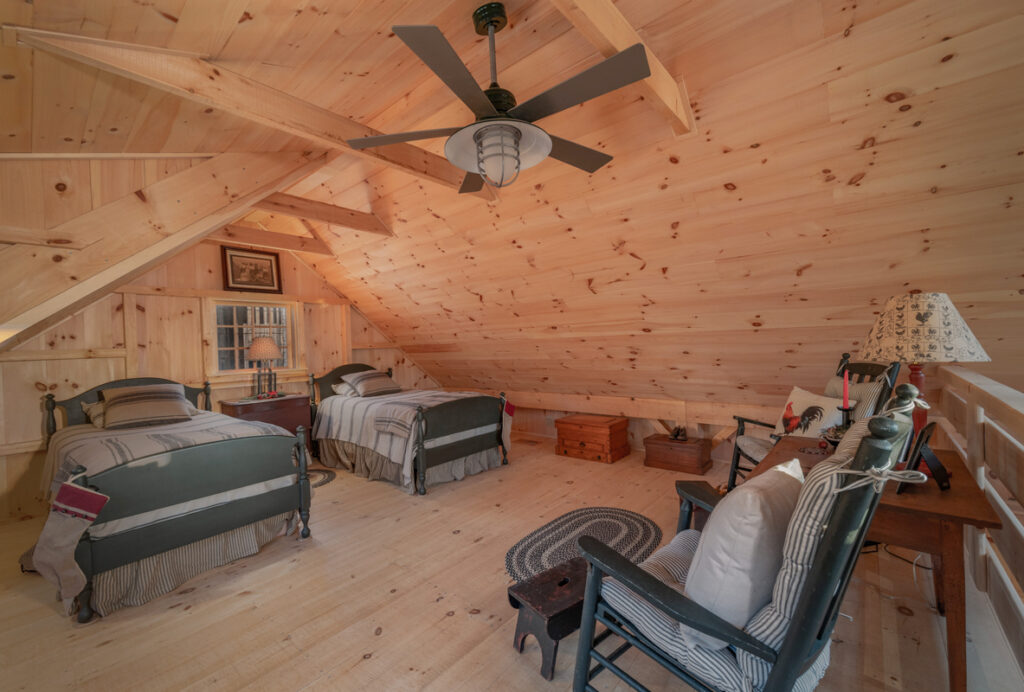
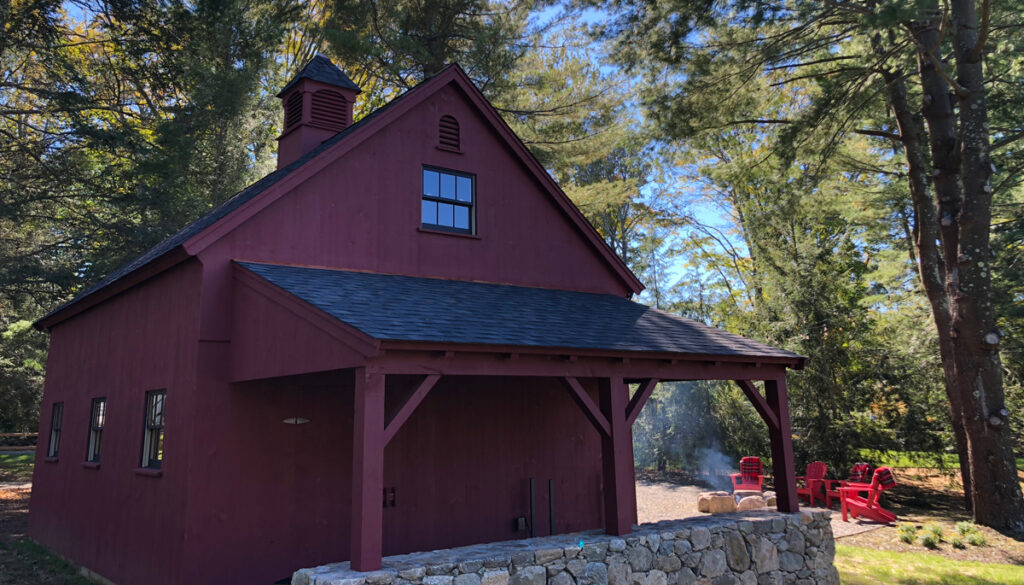
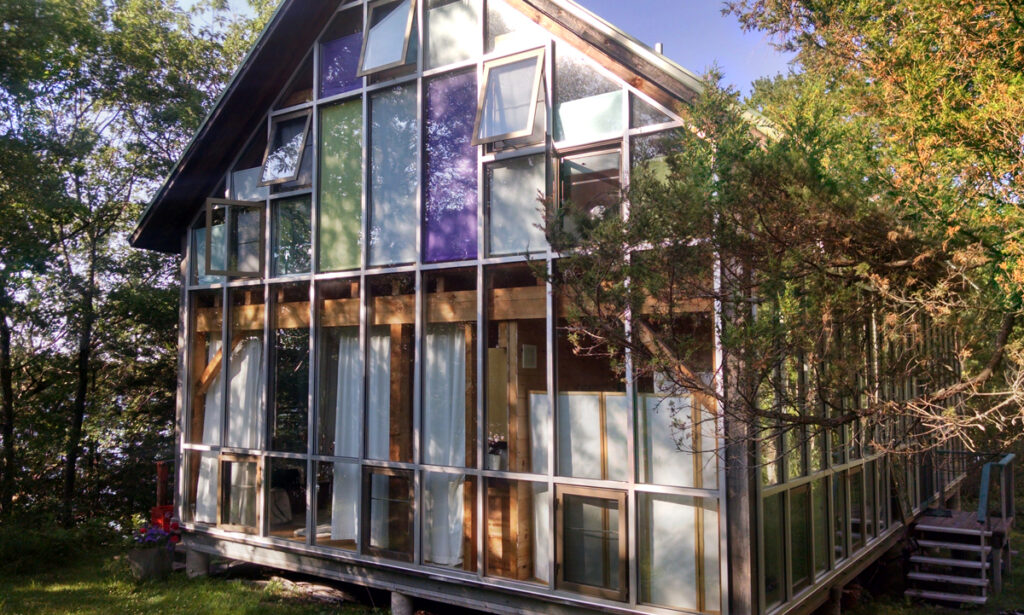
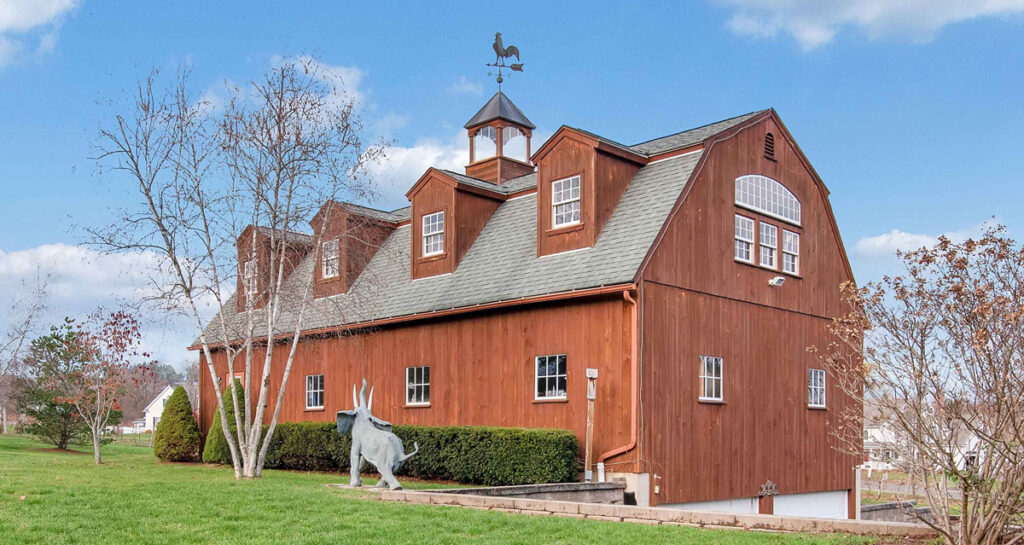
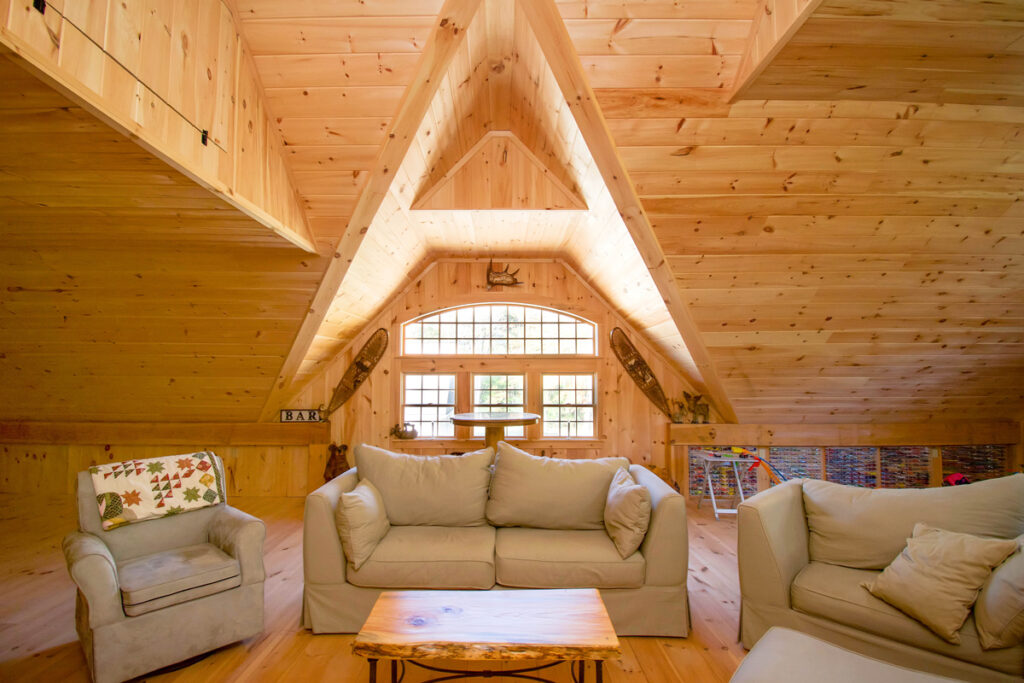
Today
Post and beam construction is similar to post frame or metal barndominiums in that the frame takes the load, leaving the builder free to place interior walls wherever they are wanted; none of them is load bearing. The wood Loye’s team uses is primarily Eastern white pine, or occasionally Douglas fir or spruce. It may be a mix of raw material, green not pressure treated or kiln dried. It dries naturally over time. Often the siding is premium grade kiln-dried Eastern white pine and roofs can be wood, or asphalt shingles or metal panels. The loft decking, roof boards and ceiling boards are kiln dried.
Of course, a wood exterior is not a necessity. While there is no doubt that a wood exterior is aesthetically pleasing to many people, it is also true that there will be some maintenance required. Metal siding and roofing can be used with a post and beam building. Further with many of the newer printed and textured panels, you may be able to achieve the look of wood while enjoying the low maintenance of metal.
Loye adds that because of the freedom that comes with laying out a post and beam home, some people have taken a DIY kit for a simple building, then turned it into a barndominium. If a builder wants to, they can have the big, attached garage, workshop, or barn space, that is a feature of the barndominium.
Another aspect of post and beam that calls to mind barndominium buildings, is that you can have continuous insulation in the walls with no thermal breaks where the heat or cold can easily get through. This is great for energy efficiency in any house. You can use spray foam, a very effective insulator or other types of insulation. Some buildings feature SIPs (structural insulated panels).
Bringing It All Together
To sum up, post and beam is a legitimate construction option to build a home. More and more people are taking an interest in it due to the striking aesthetic and the solidity of these buildings. The question is, is it for you? Let’s consider how it matches up to the features people look for in a barndominium:
*Clear spans and cathedral ceilings are possible with post and beam.
*Due to a load bearing frame, the layout can largely be customized to the owner’s liking.
*A post and beam building can equal the energy efficiency of a barndominium
*If a low-maintenance exterior is what you seek, you can clad your post beam home in metal.
*An oversized garage or workspace can be incorporated in the structure as barndos incorporate them.
* The Post and beam construction style is unlikely to be the cheapest way to build your home’s frame. It may be comparable or even favorable compared to traditional framing.
*The strength and longevity of this building method in the right hands cannot be disputed. However, we cannot make a true comparison since post frame construction and steel frame construction have not been around as long.
Finally, early in this article, we posed the question: can you call a post and beam home a barndominium? It seems that, if you so choose, it can have enough of the common traits of a barndominium to be allowed to take its place in the barndo world, particularly when the owner opts to include the large garage or workshop space… But we’ll let you be the judge.

